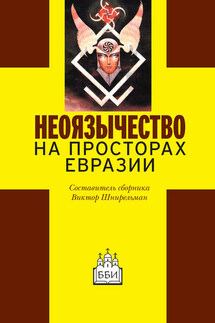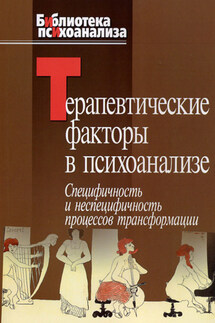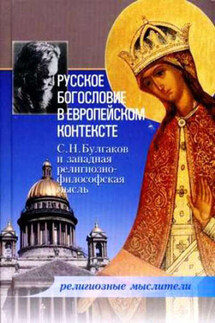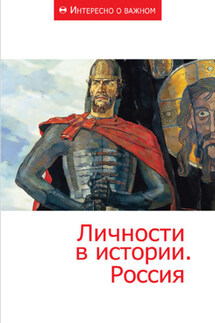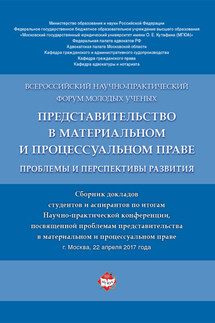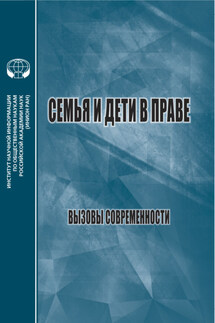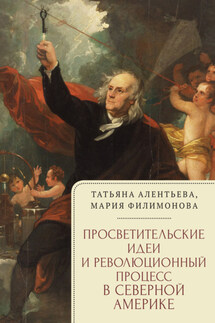Рассказы о путешествиях, паломничествах, миграциях в источниках Средних веков и раннего Нового времени. Материалы конференции - страница 2
The number of foreigners – mainly Germans – visiting the kingdom increased in the fourteenth and fifteenth centuries, especially under the reign of King and Emperor Sigismund, but wrote little about the country. Yet the most interesting and detailed travelogue was written in 1433 by the Burgundian diplomat and spy, Bertrandon de la Brocquiere, who crossed Hungary on his way back from the Holy Band. The report, presented to Philippe the Good, was aimed at encouraging a new crusade, after the defeat of the European army at Nicopolis. In the part about the Balkans, the author discussed the manners and especially the military arrangements of the Turks (Ottomans) and then his trip from Belgrade through Szeged, Pest and Buda to Austria. His description of the cities he passed through and their economy is a unique source for the early fifteenth-century conditions.>9
The first city he visited was Szeged:
Zegedin is a large country town of a single street that seems about a league in length. It is in a fertile country with abounds in all sorts of provision. Many cranes and bustards are taken here, and I saw the market place full of them, but they dress and eat them in a filthy manner. The Theis [Tisza – JMB] abounds in fish and I have no where seen a river that produces such large ones. Many wild horses are brought tither for sale, and their manner of conquering and taming them is curious, [alas, no details! – JMB]. I have been told that should any one want three or four thousand; they could be procured within the town; and they are so cheap that a very good road horse may be brought for ten hungarian florins. […] The cordelier friars [Franciscans – JMB] have a handsome church in this town, where I heard service, but it was performed a little after the hungarian mode. [?? – JMB]
After a few days ride – altogether seven from Belgrade (making more than 60 km/day) – across the Hungarian Plain, Bertrandon arrived in Pest. During his trip he noticed the great number of wild horses, the source of the rich market in Szeged. (Actually, he also heard that Pest can also supply thousands of horses; there they were sold by “stables,” i. e., ten for 200 florins, which he found very cheap, once again.) Having crossed the Danube there, he came to Buda.
Buda is the capital of Hungary, situated on an eminence and is larger than broad. To the east is the Danube, to the west a valley and to the south a palace which command the gate of the town: it was begun by the present emperor [Sigismund – JMB] and when he shall finished it, will be extensive and strong. On this side, but without the wall are very handsome hot baths. […]The town is governed by Germans, as well to police and commerce, and what regards the different professions. Many Jews live there who speak French well, several of them being descendants of those driven formerly from France.
